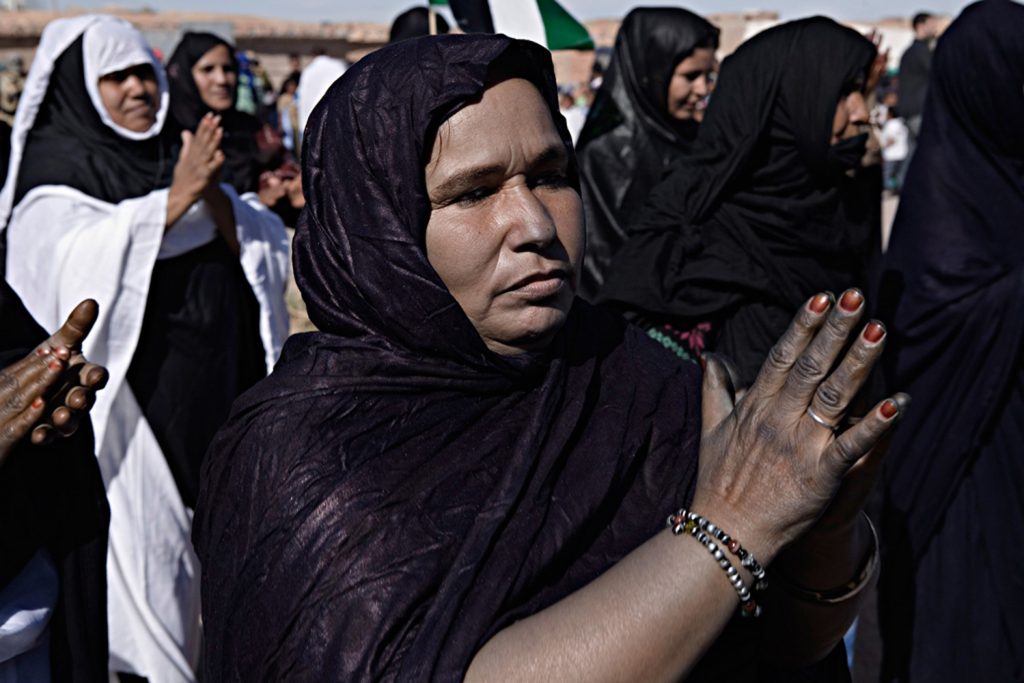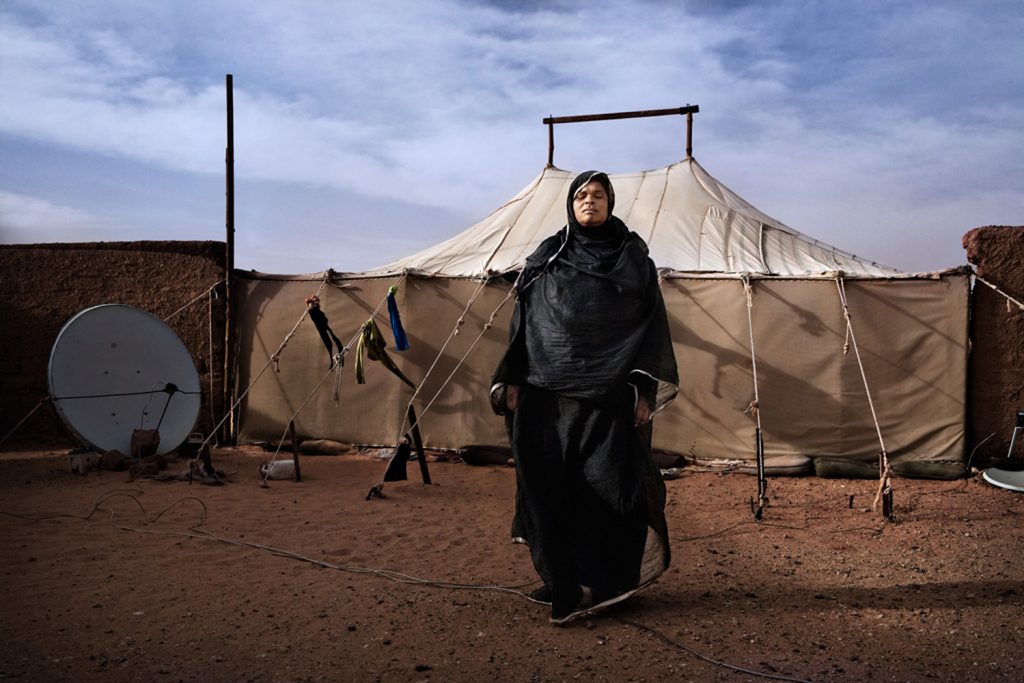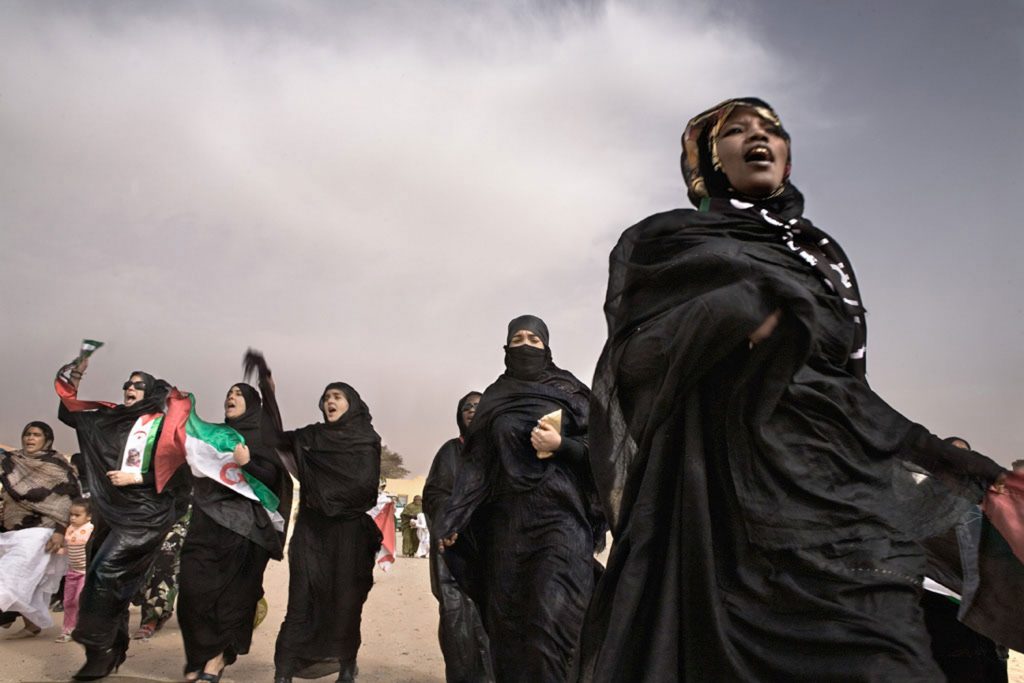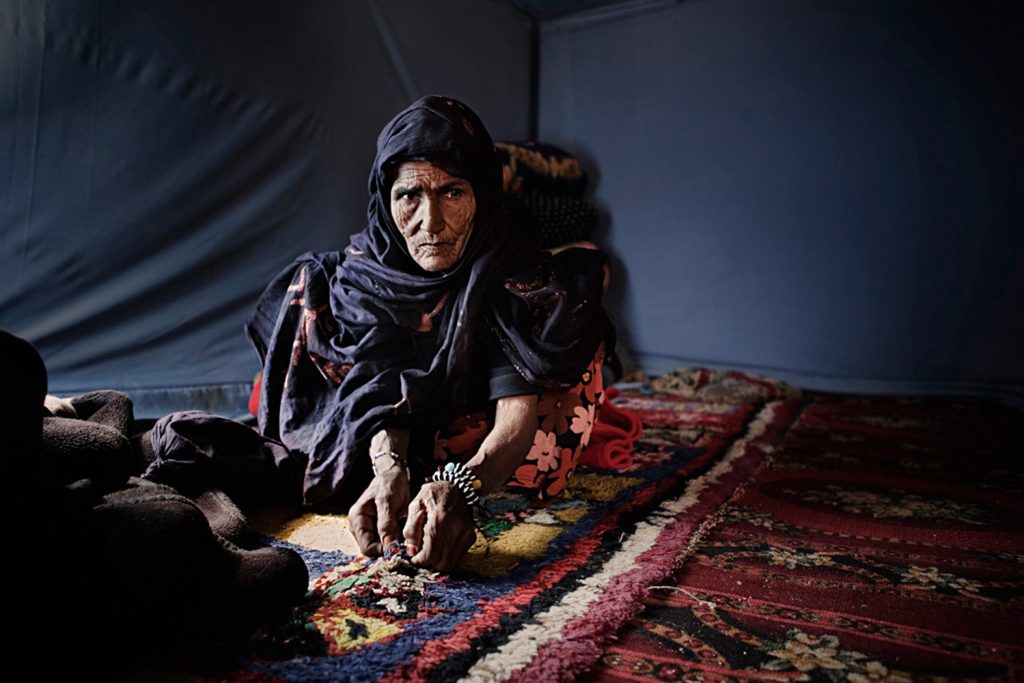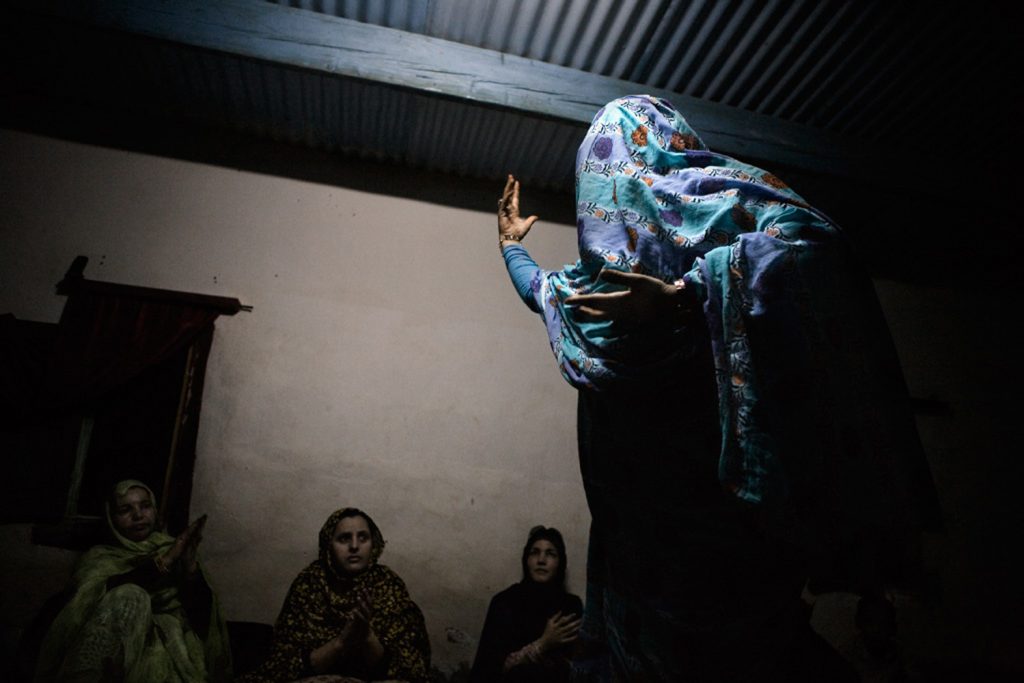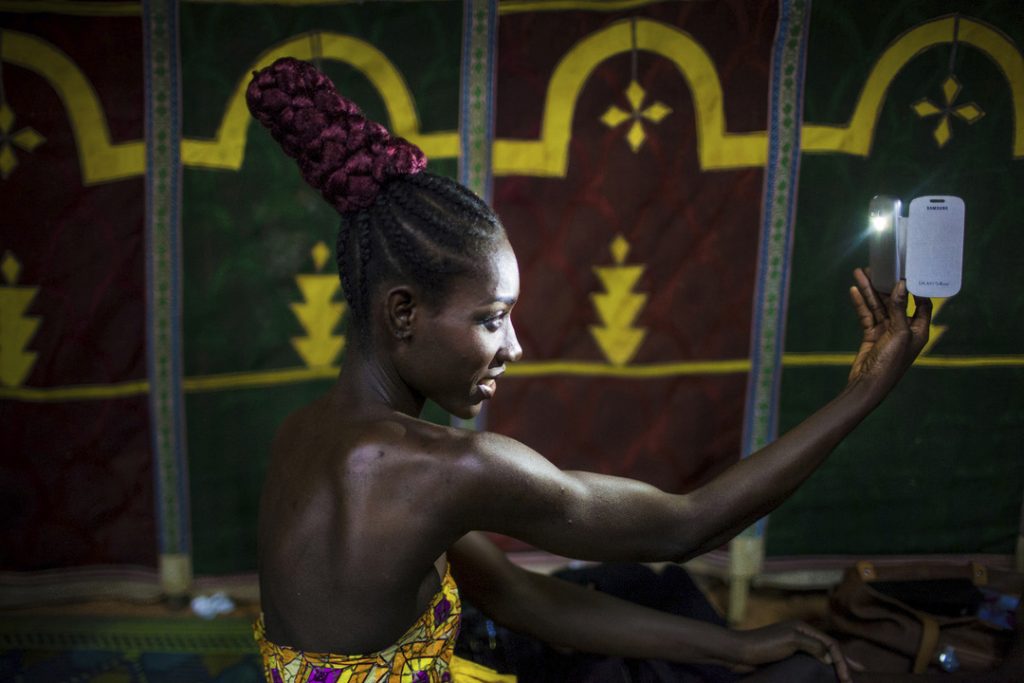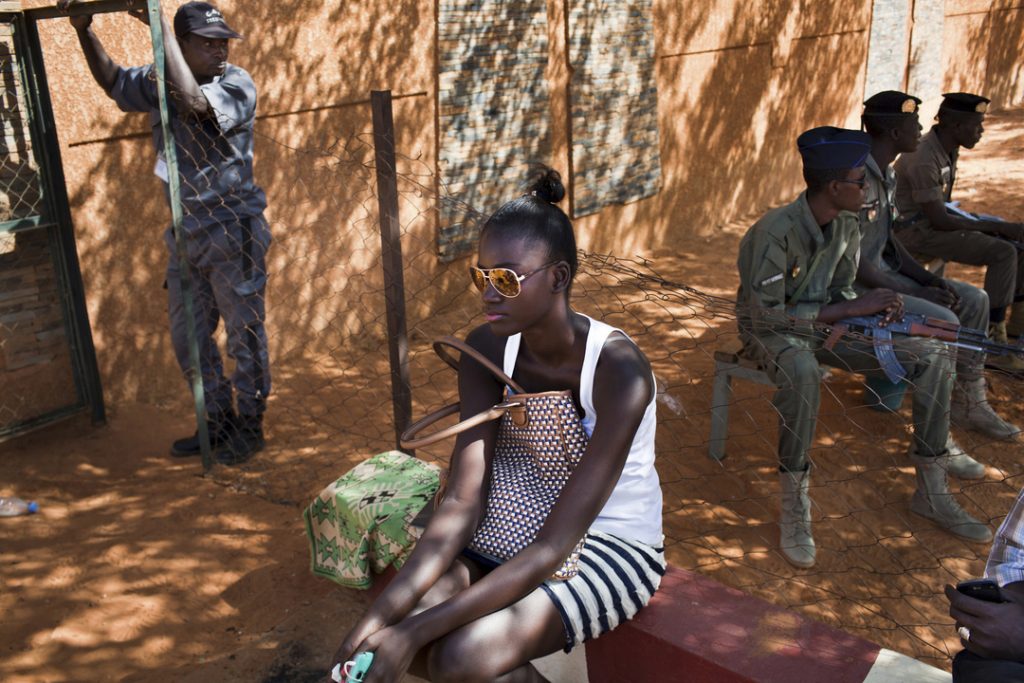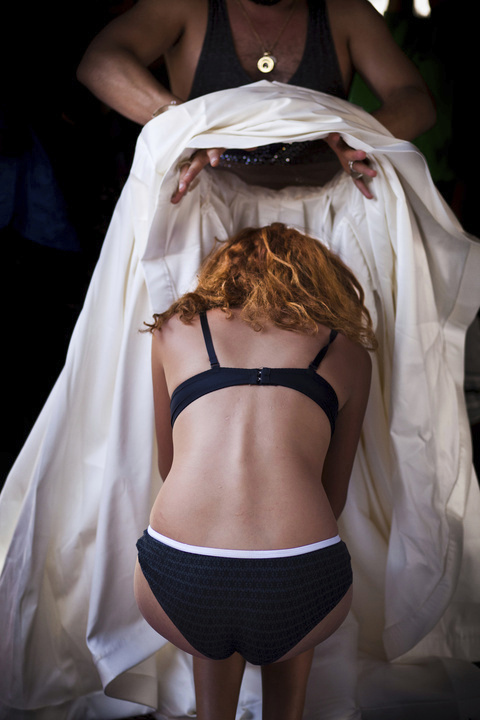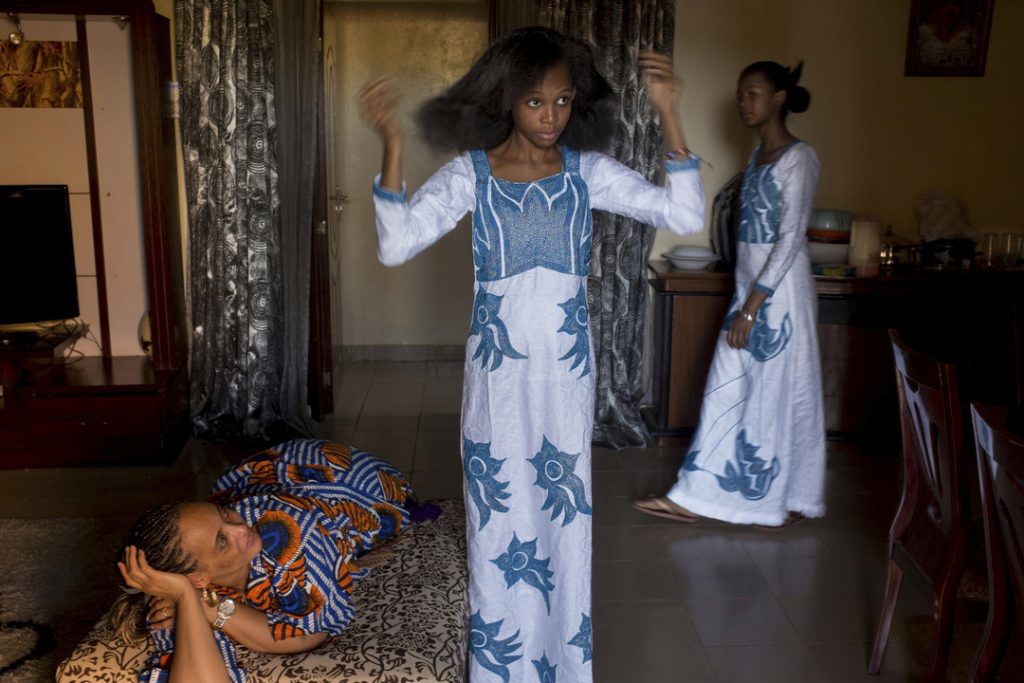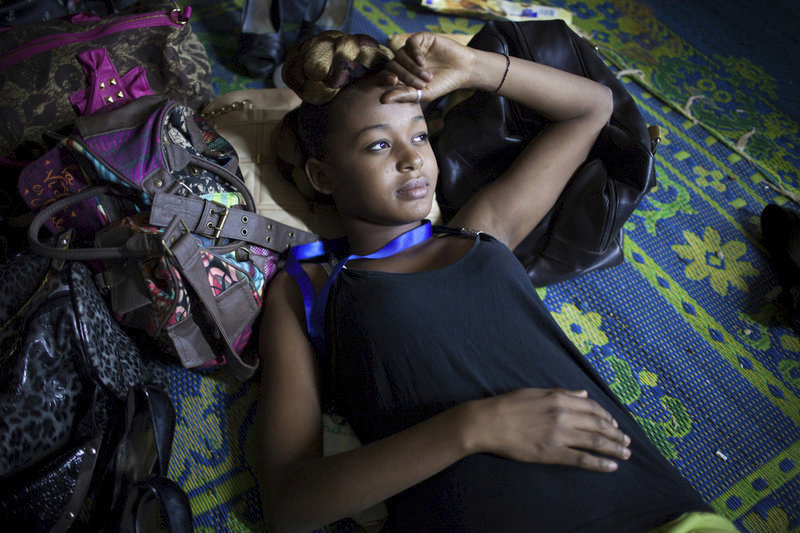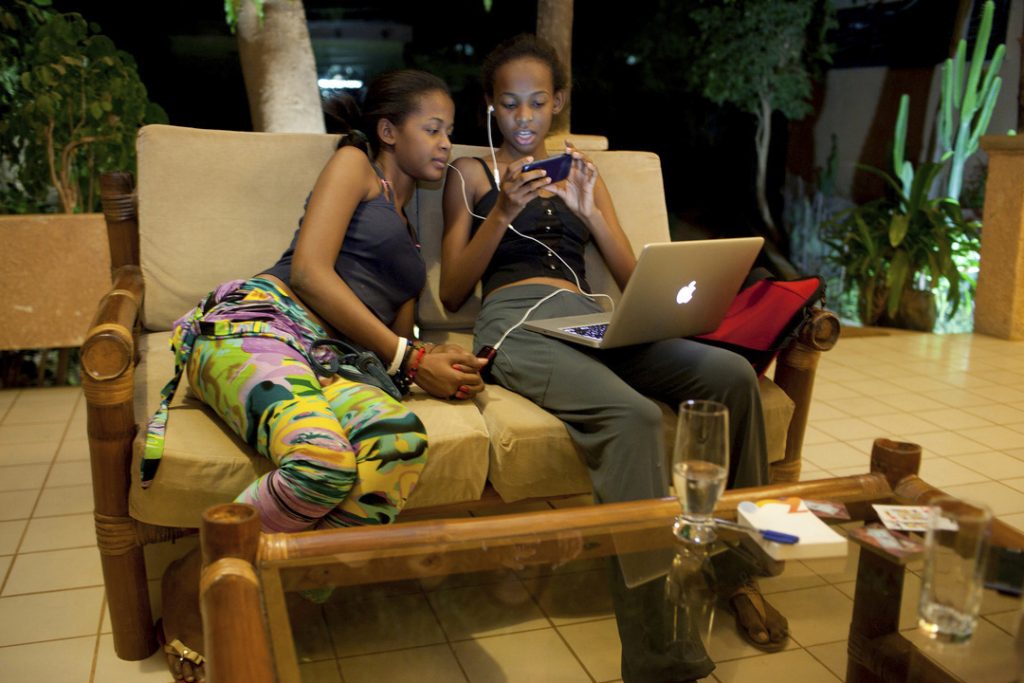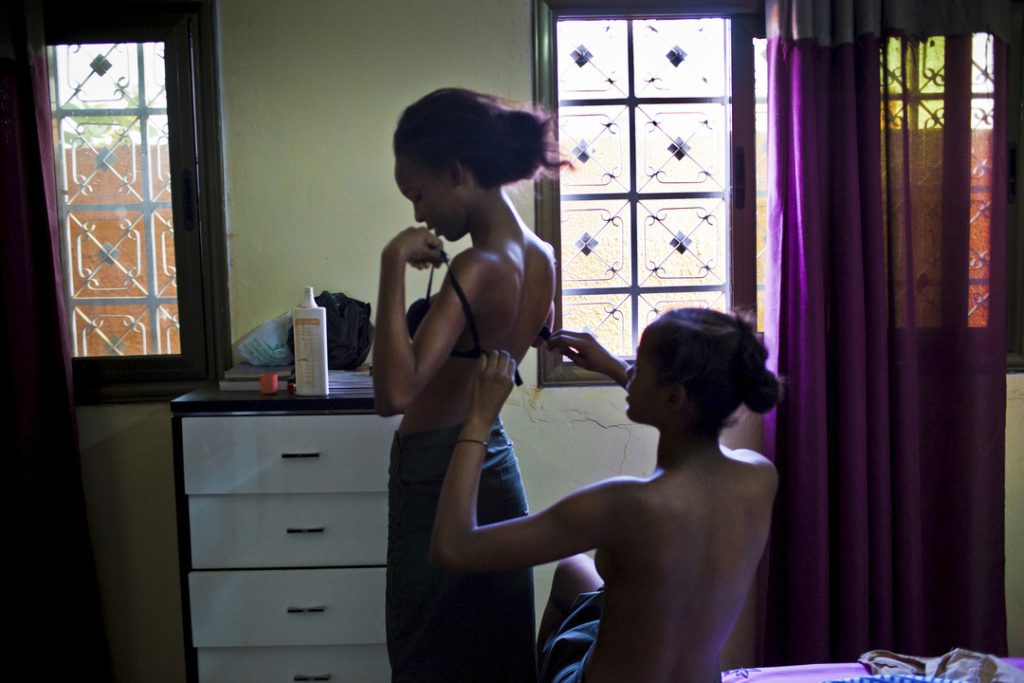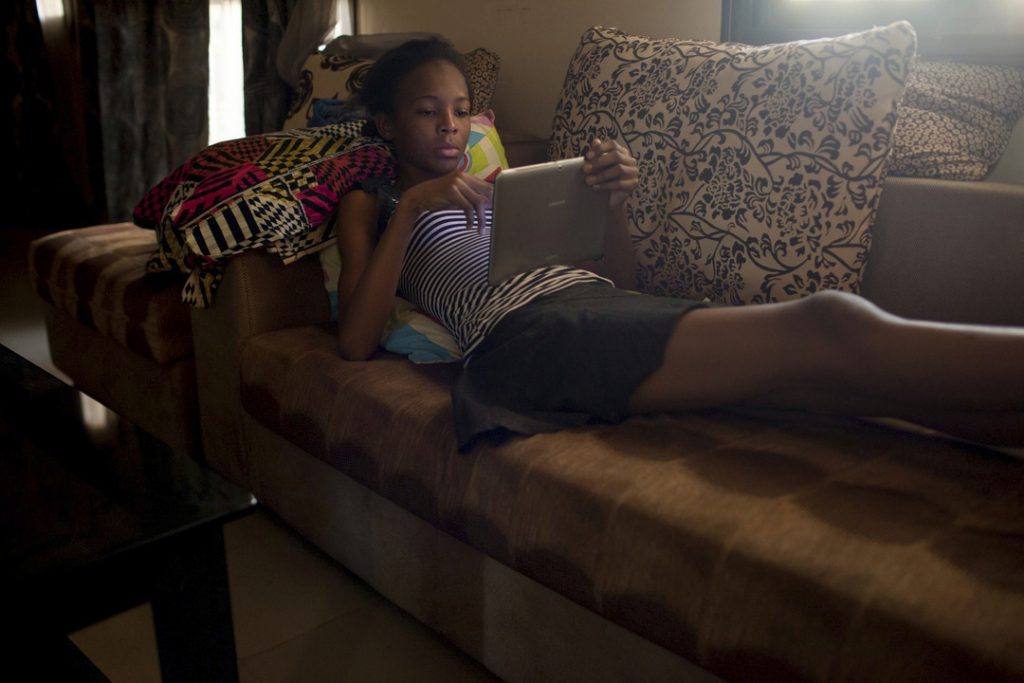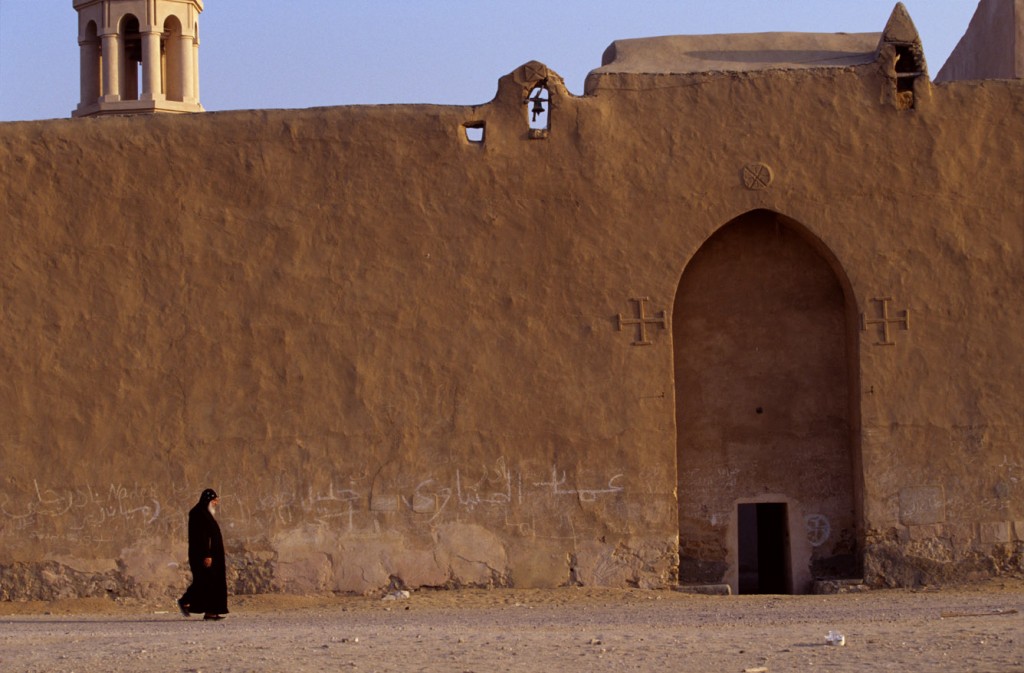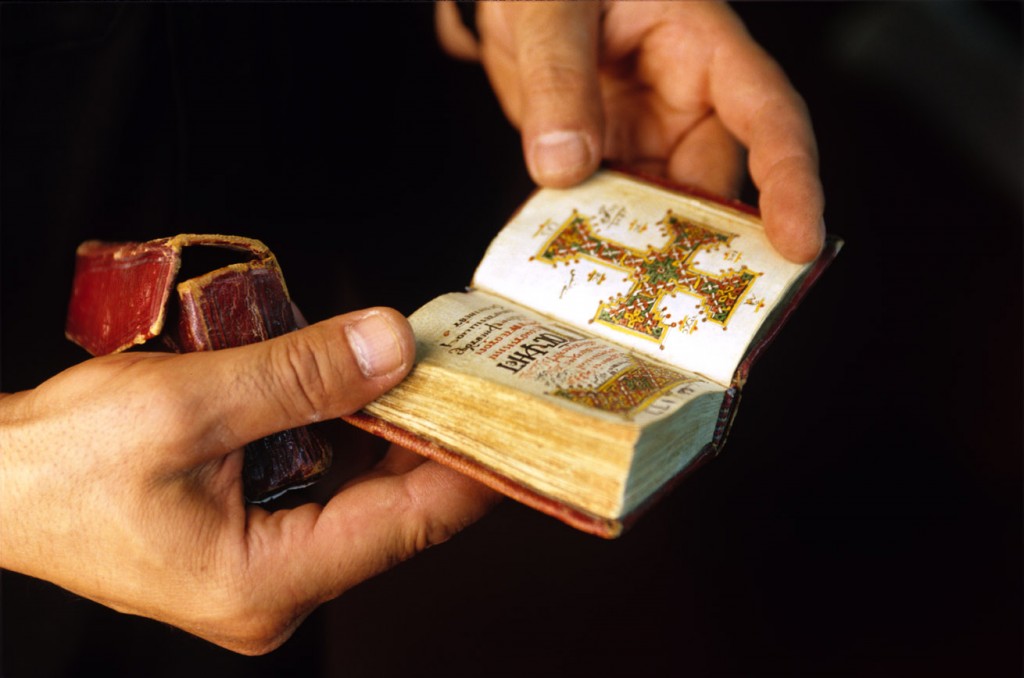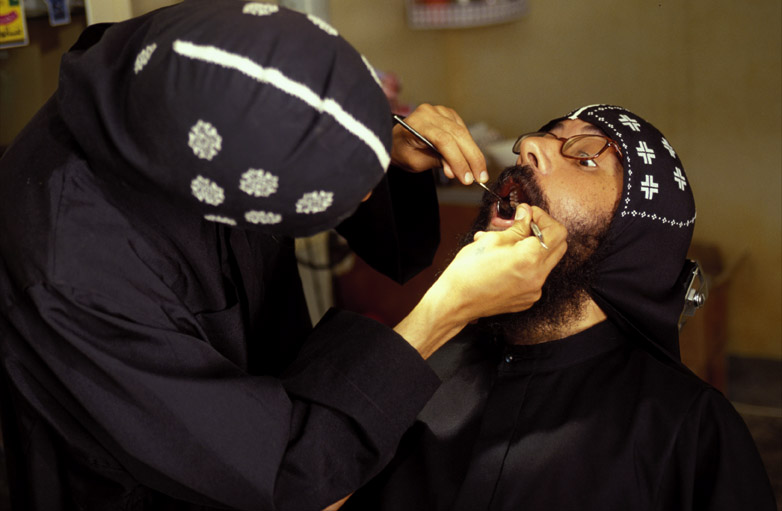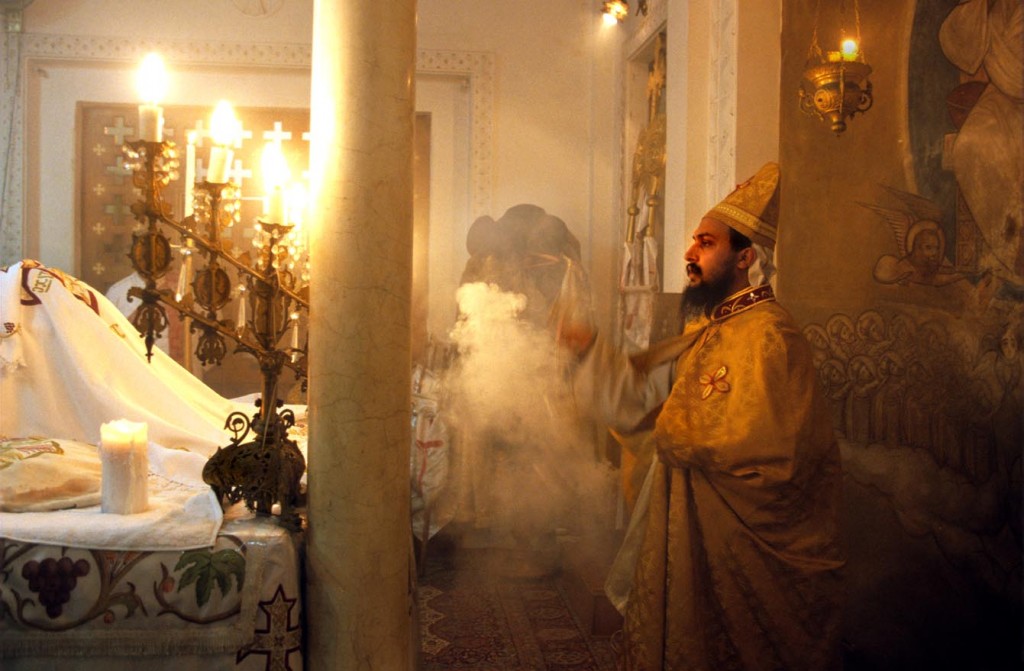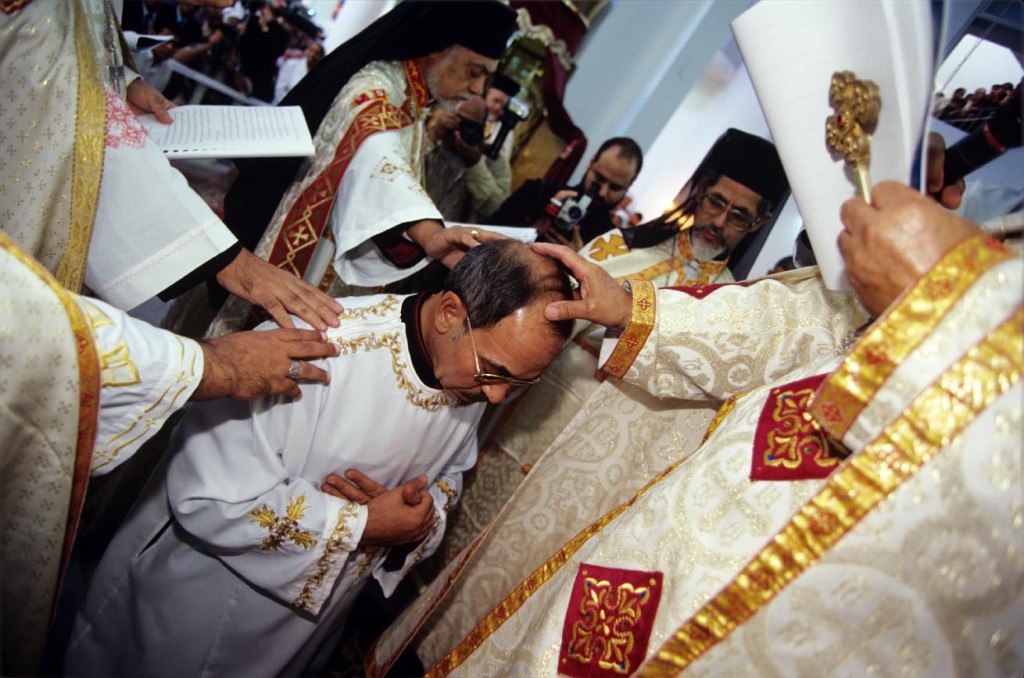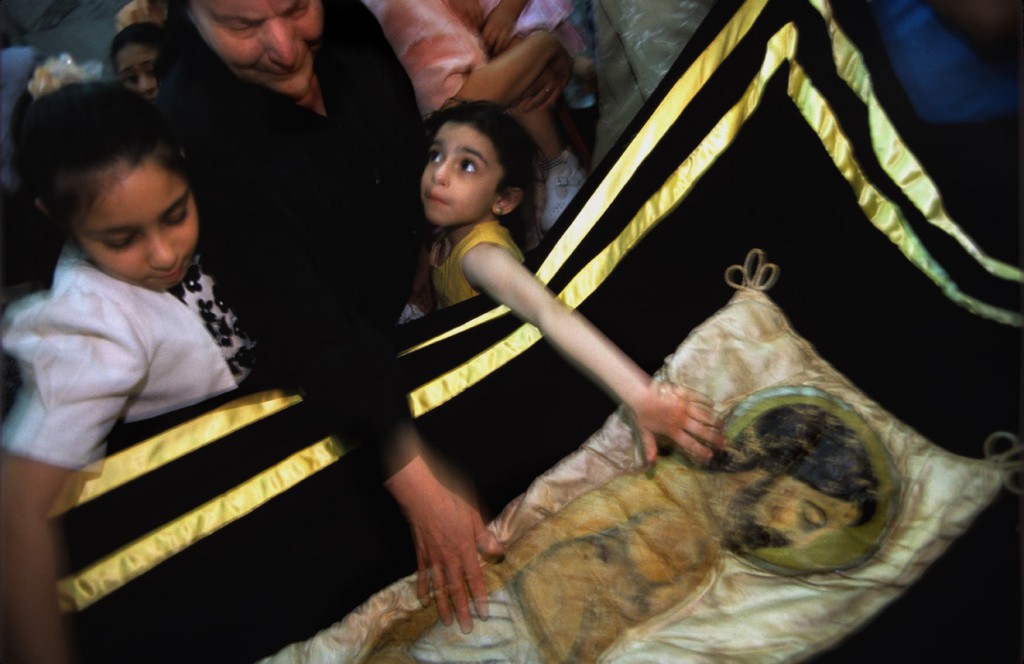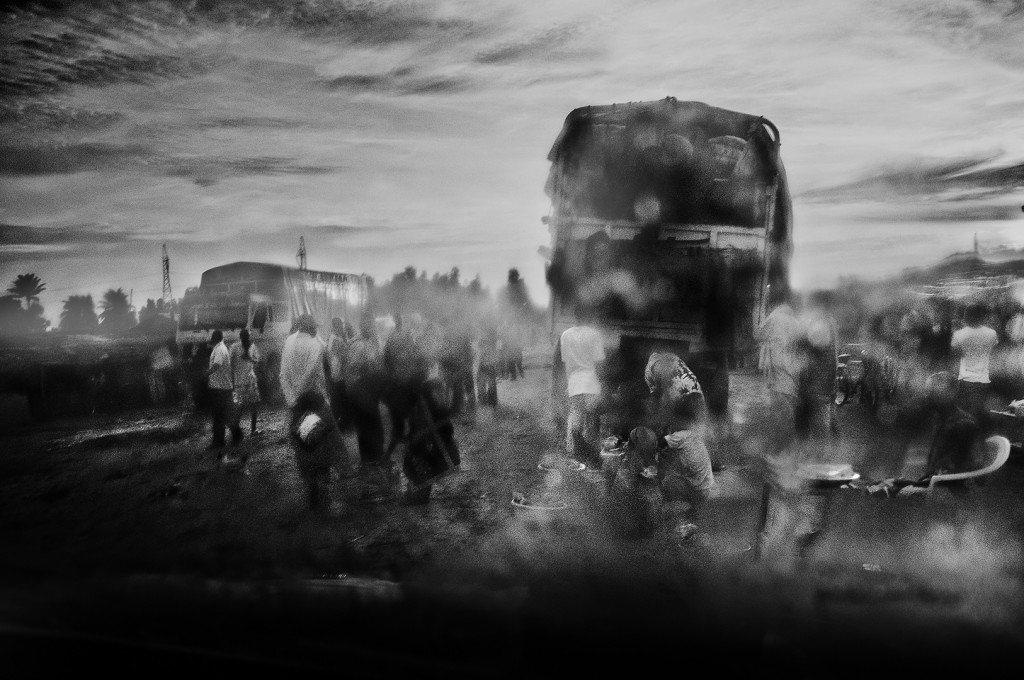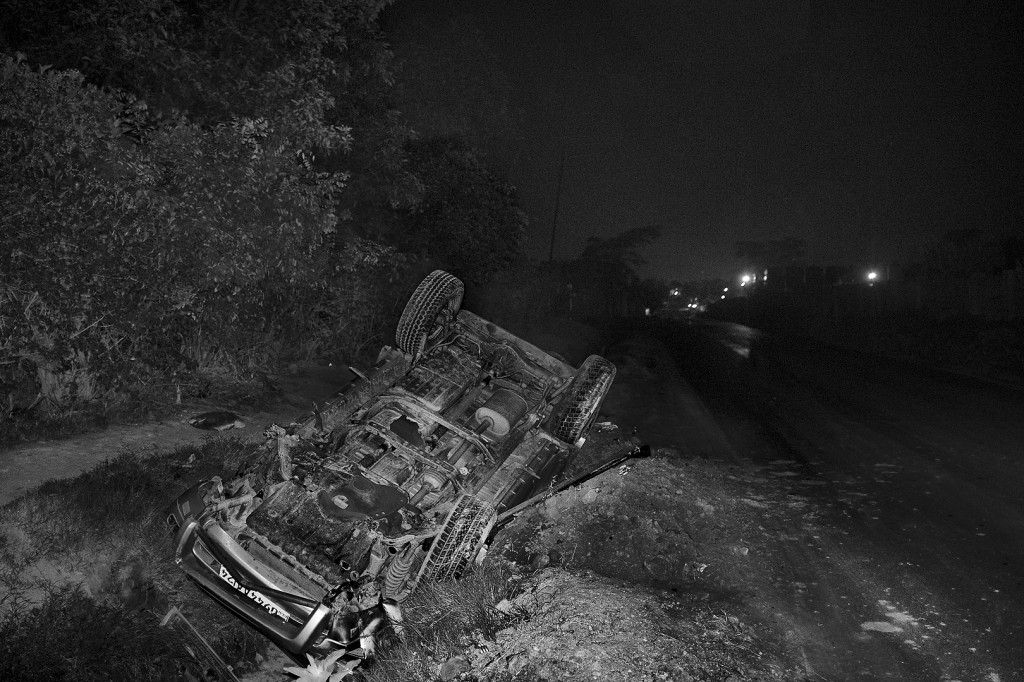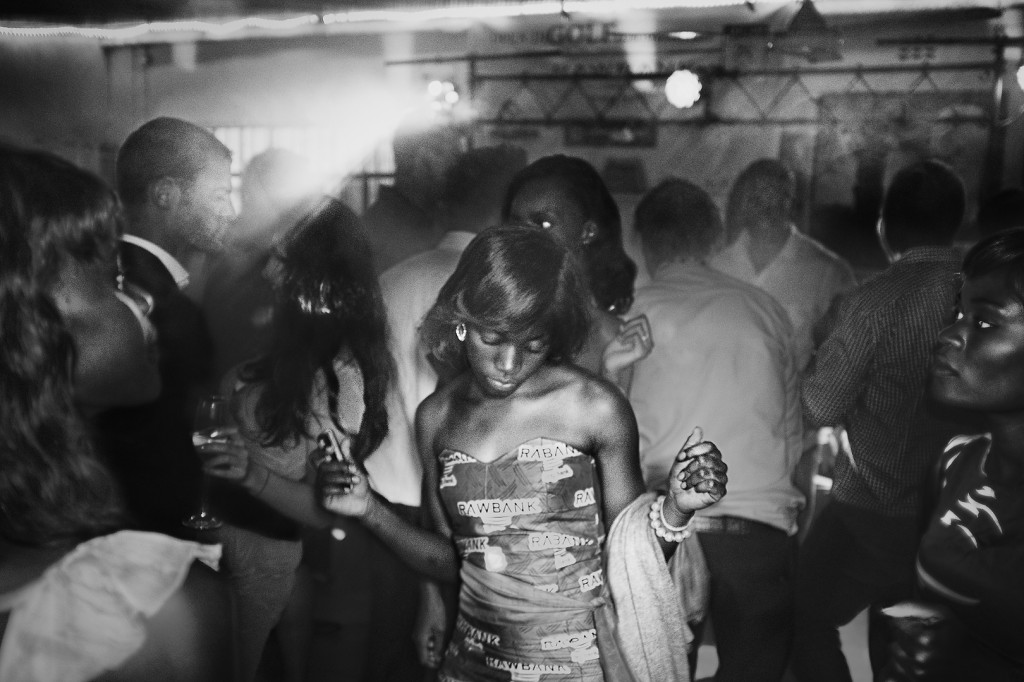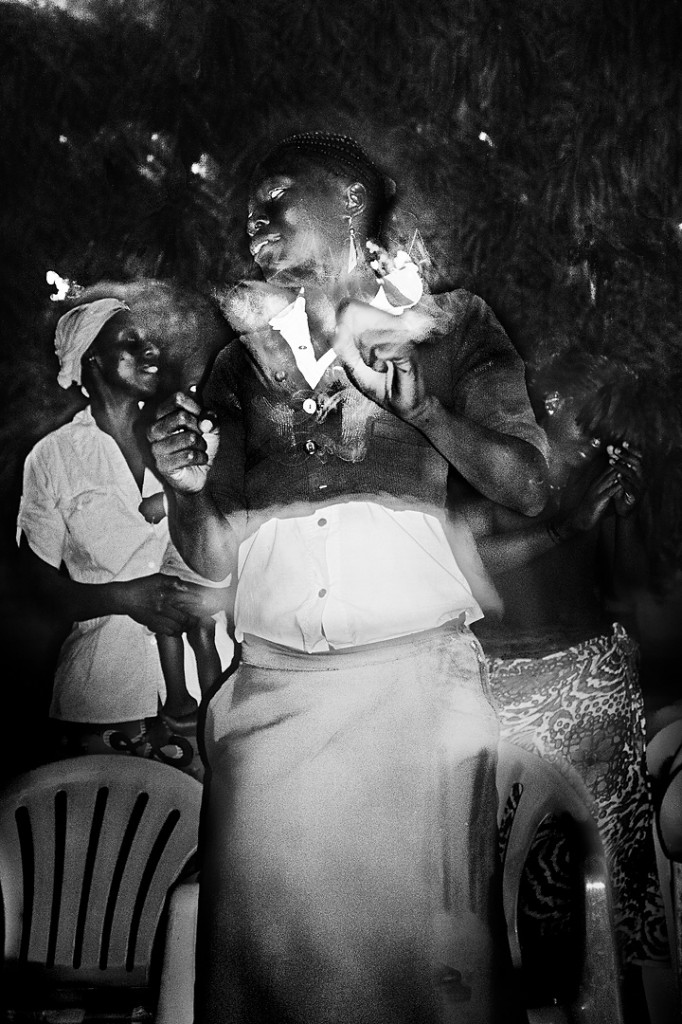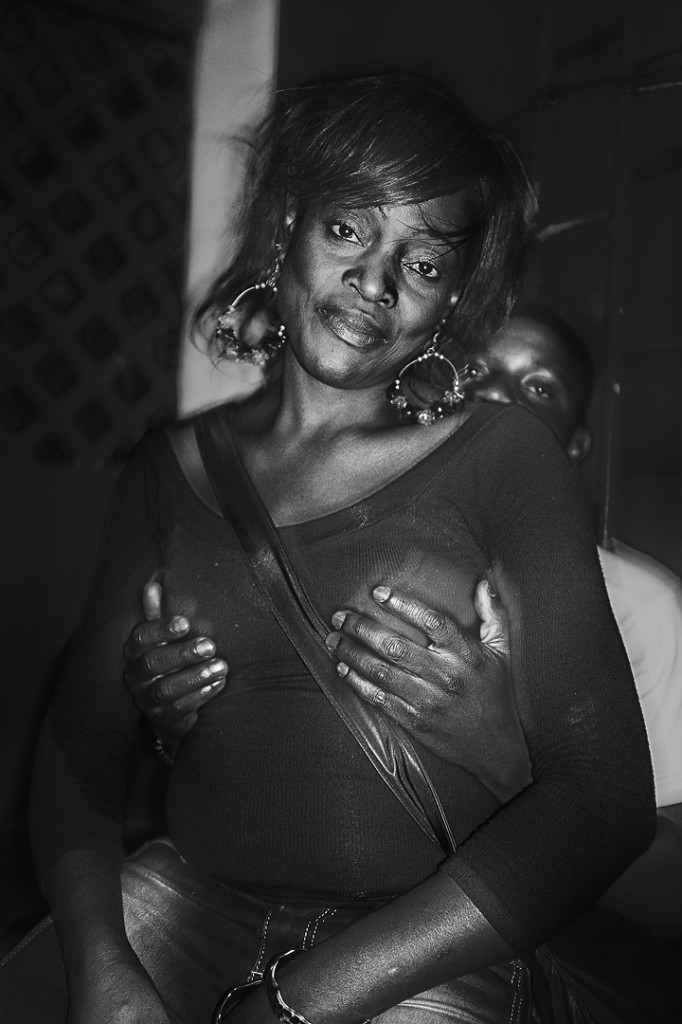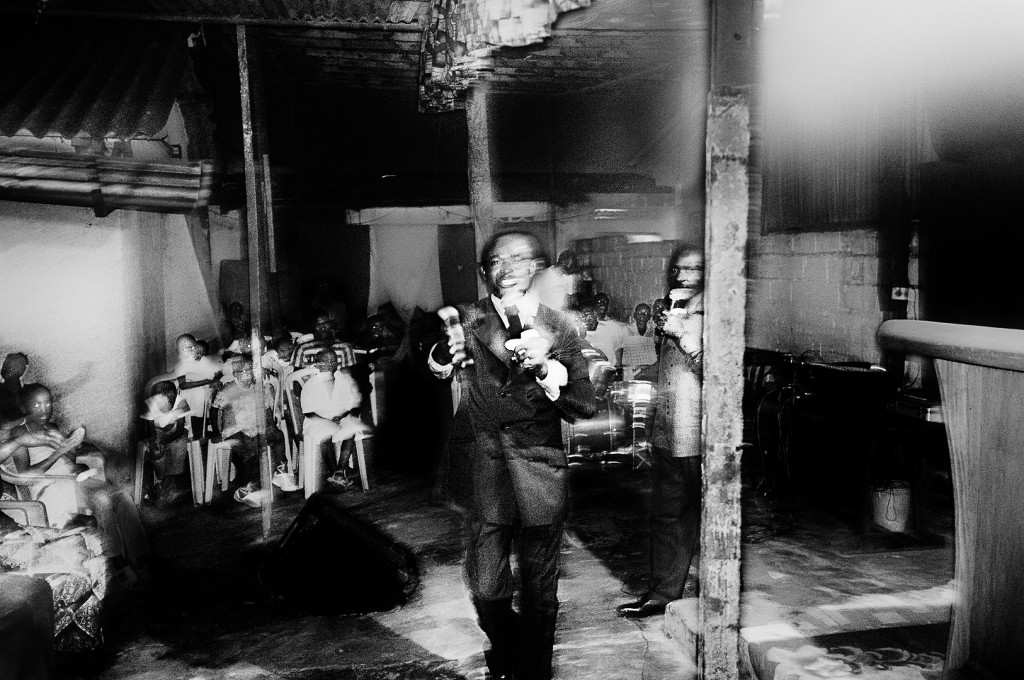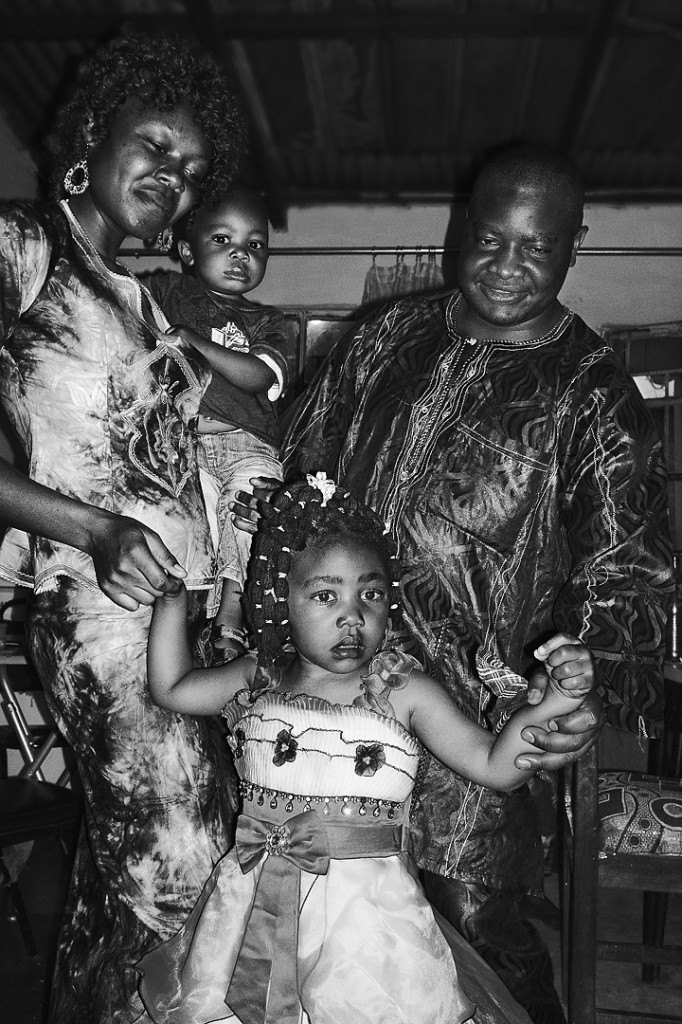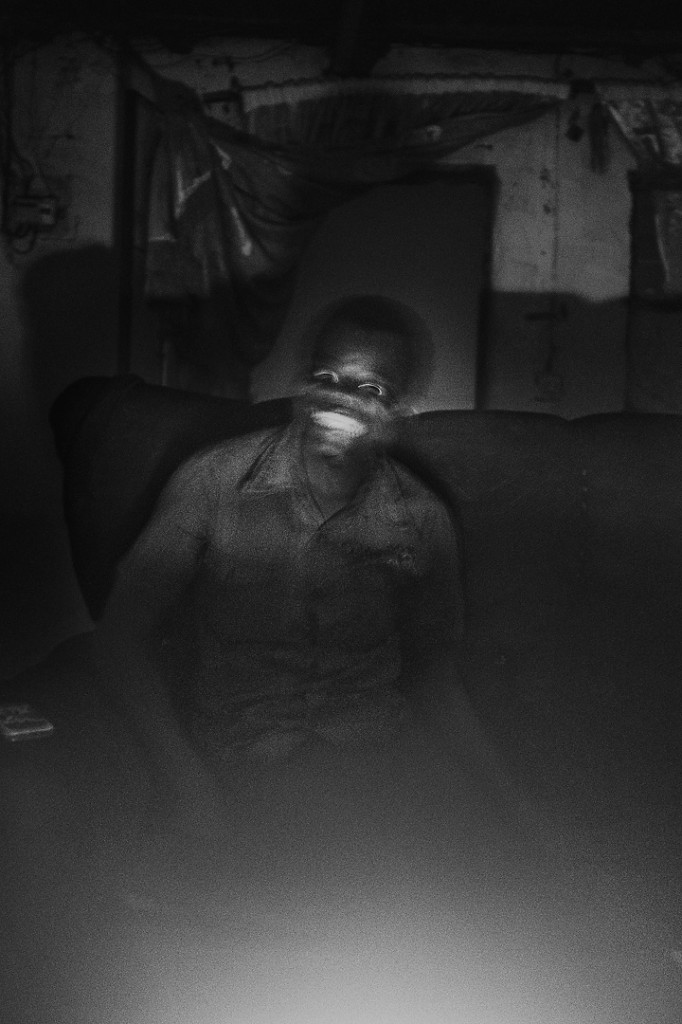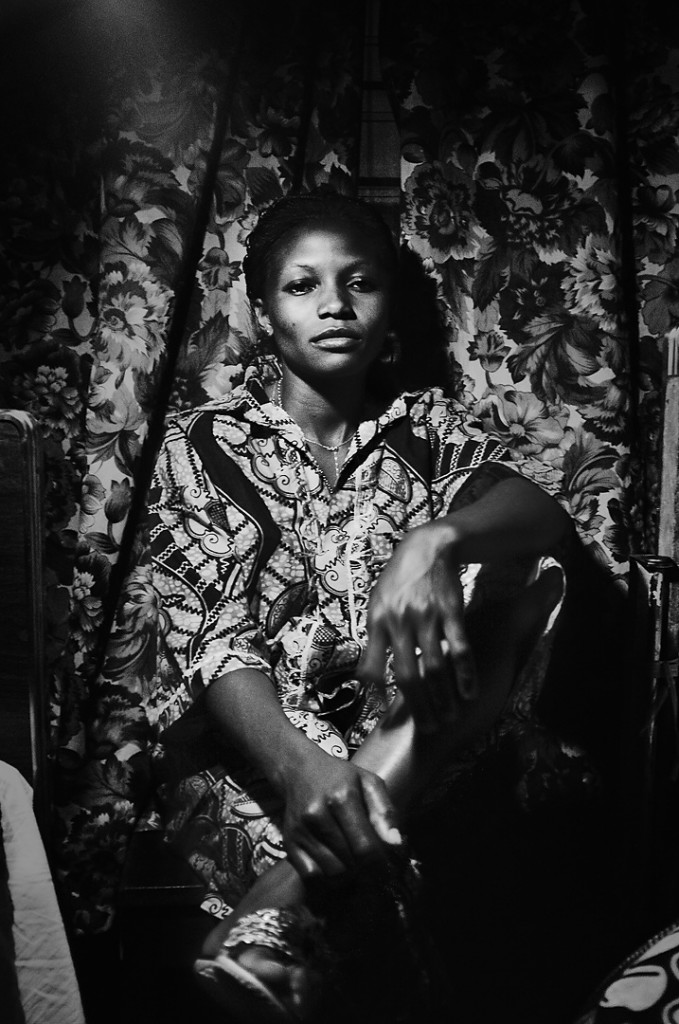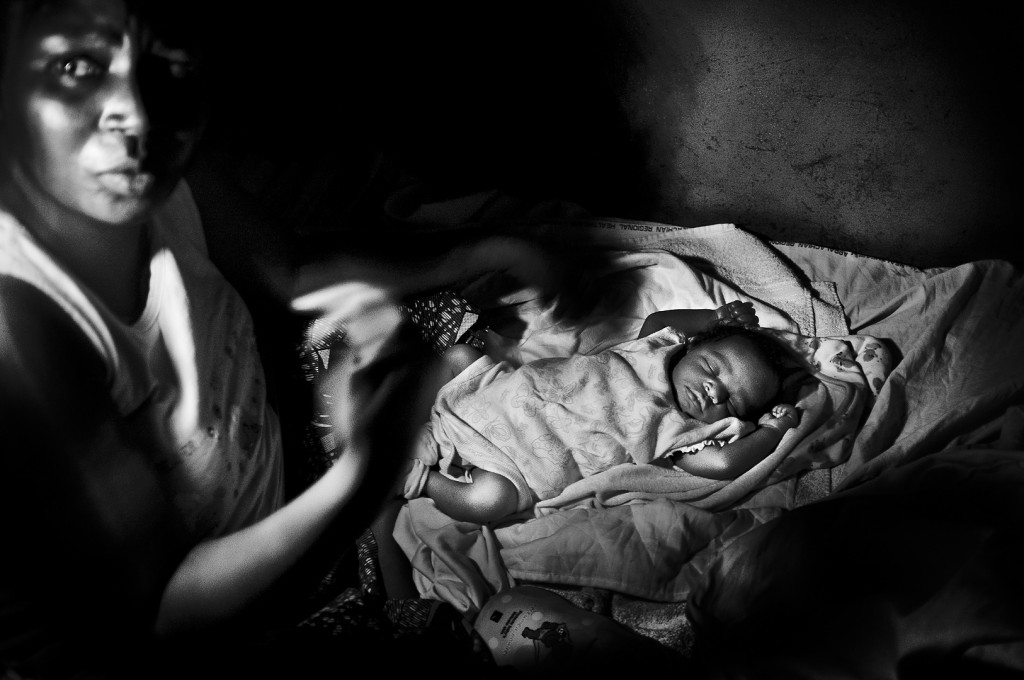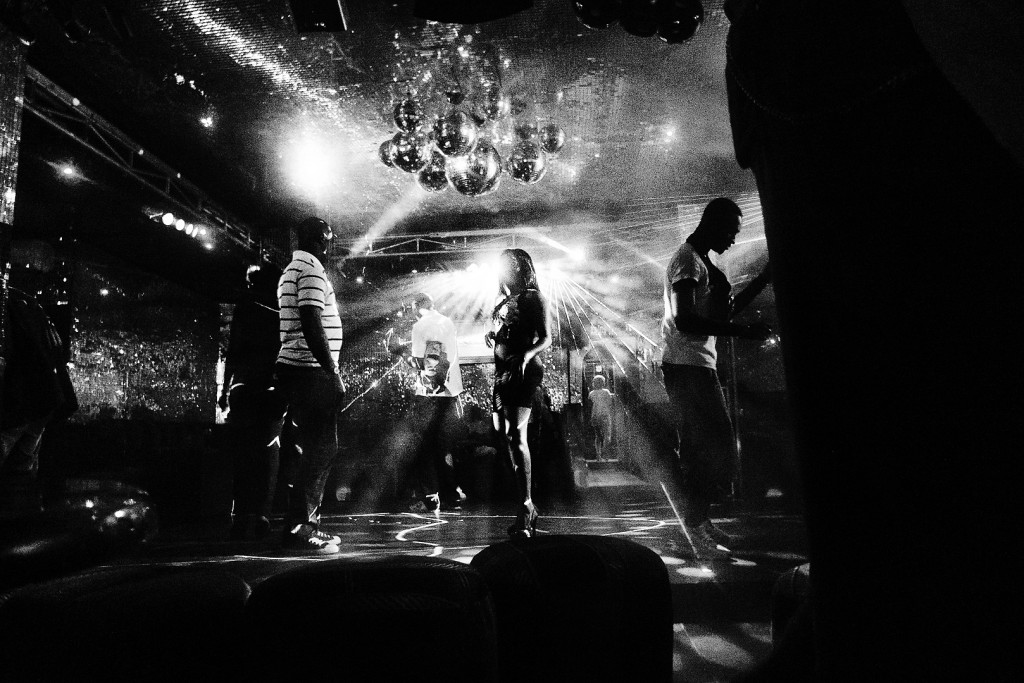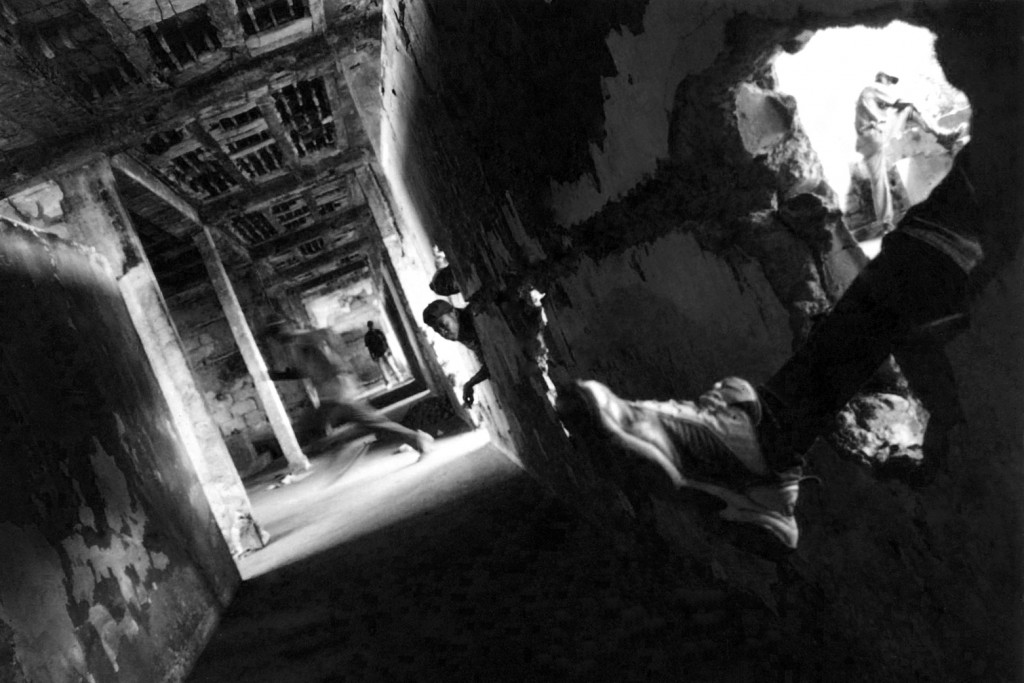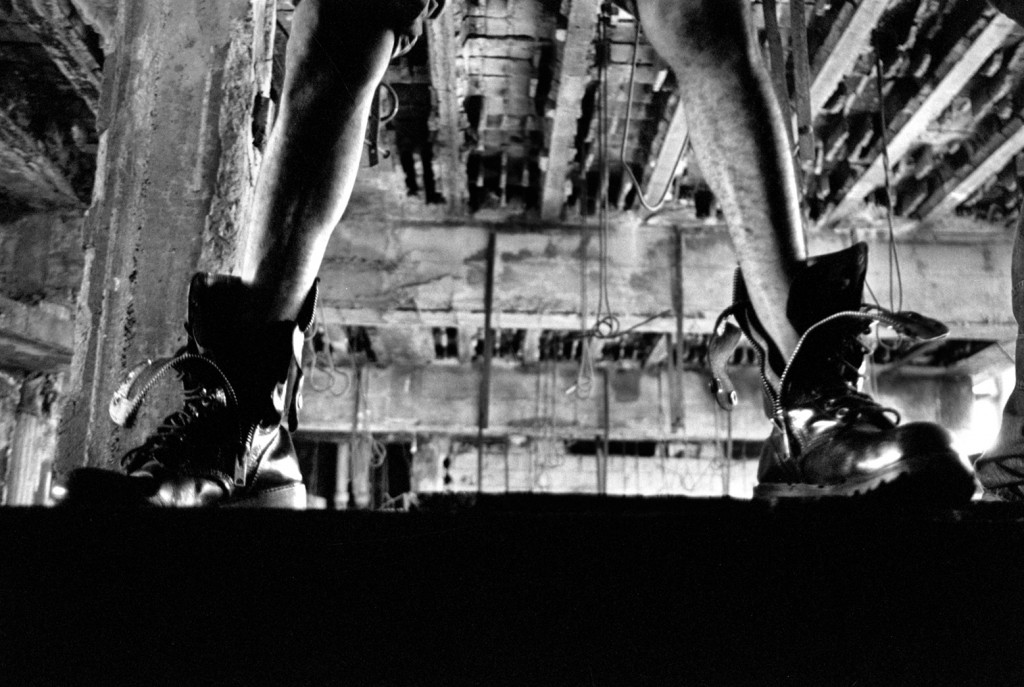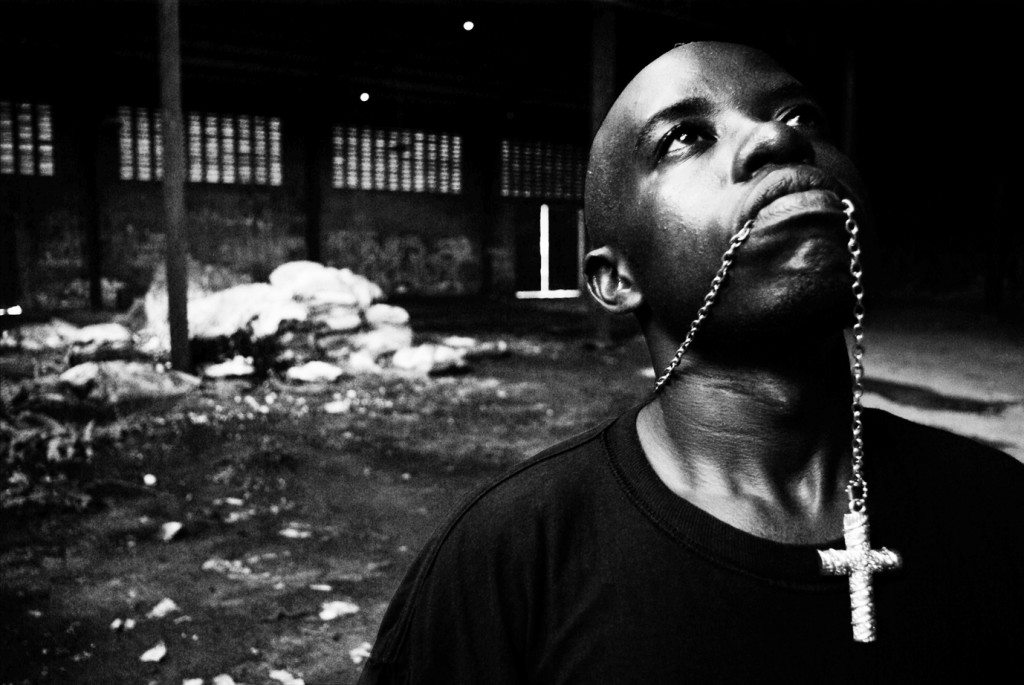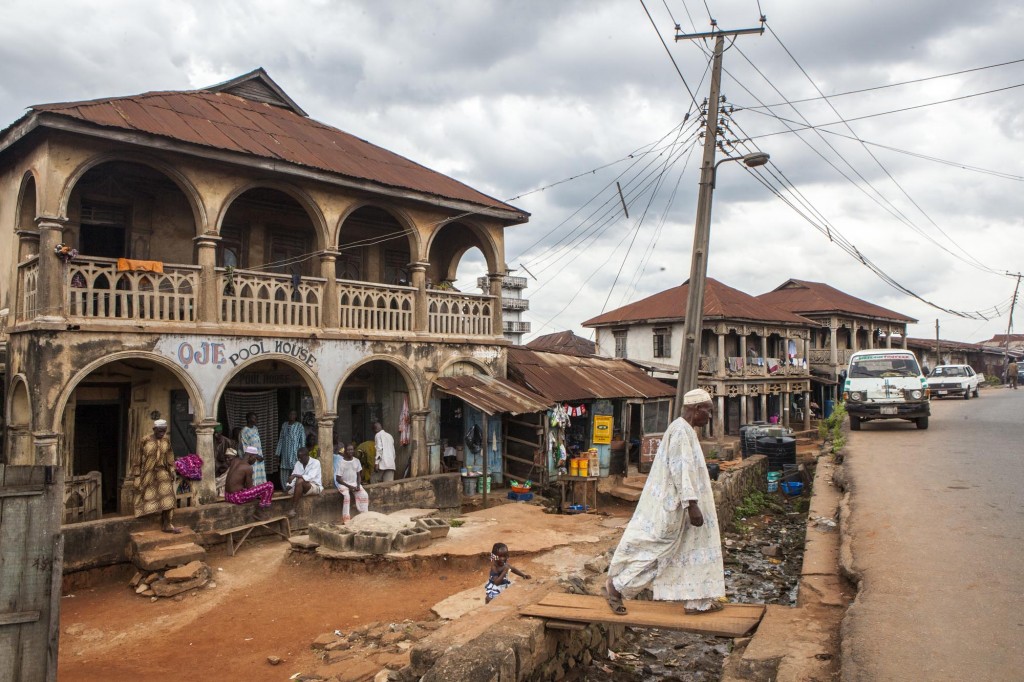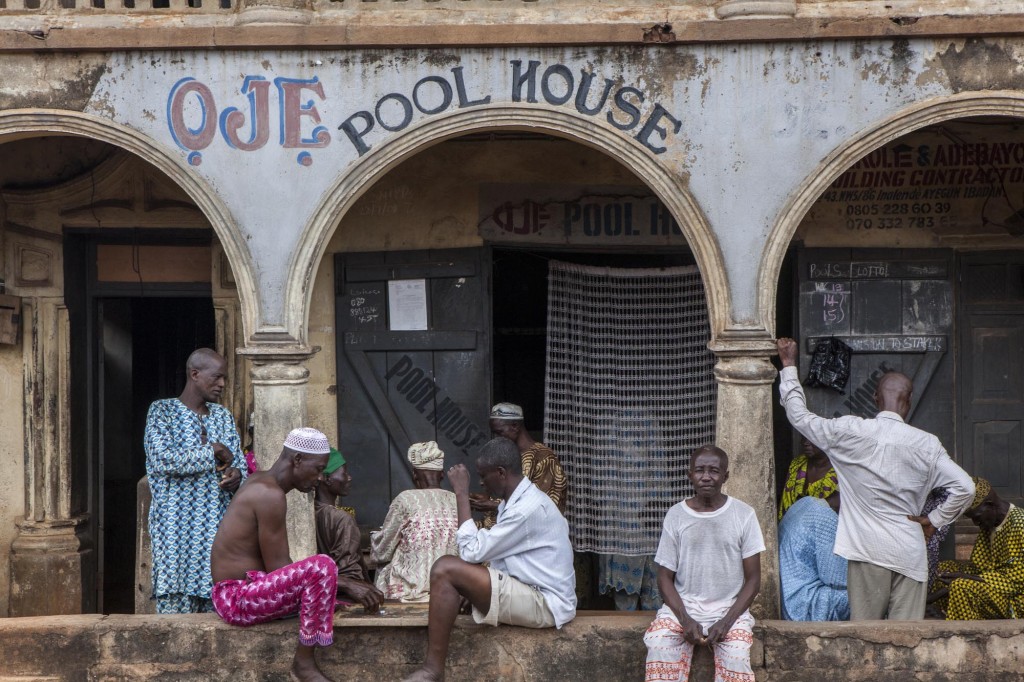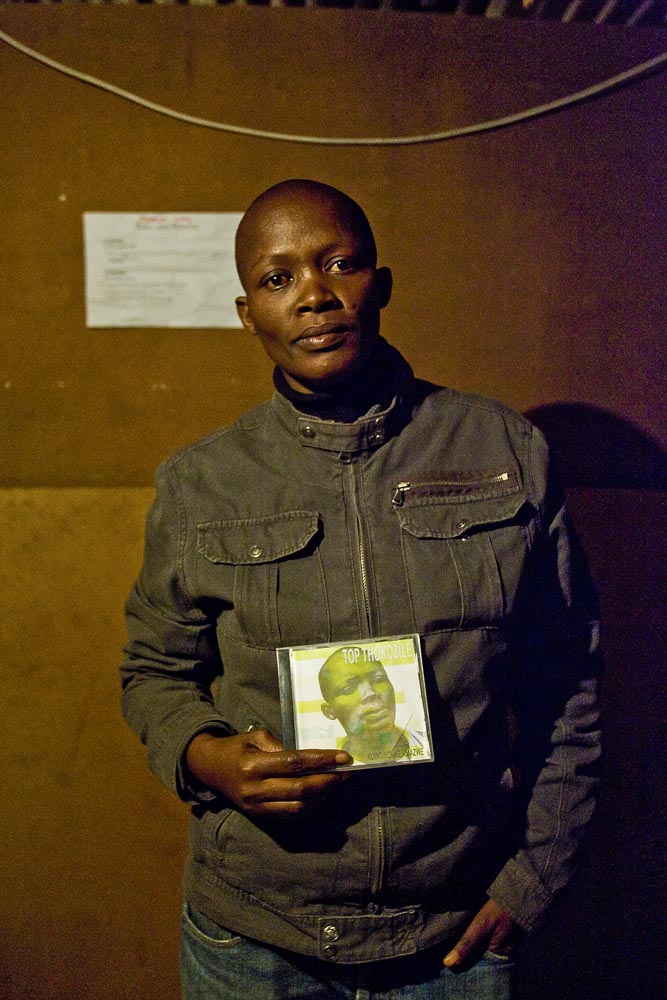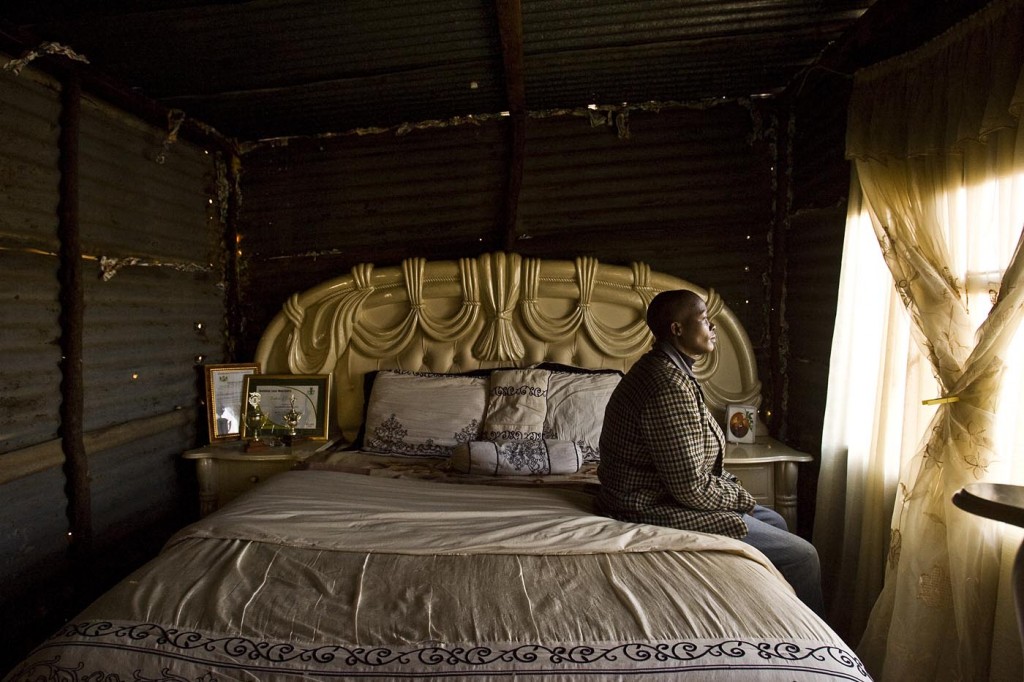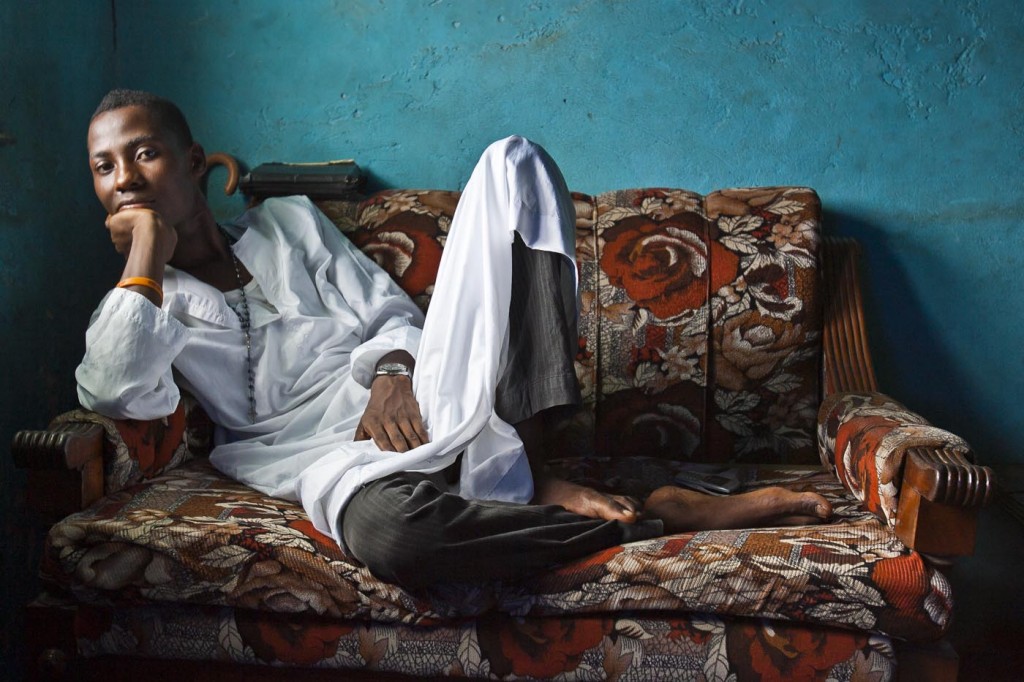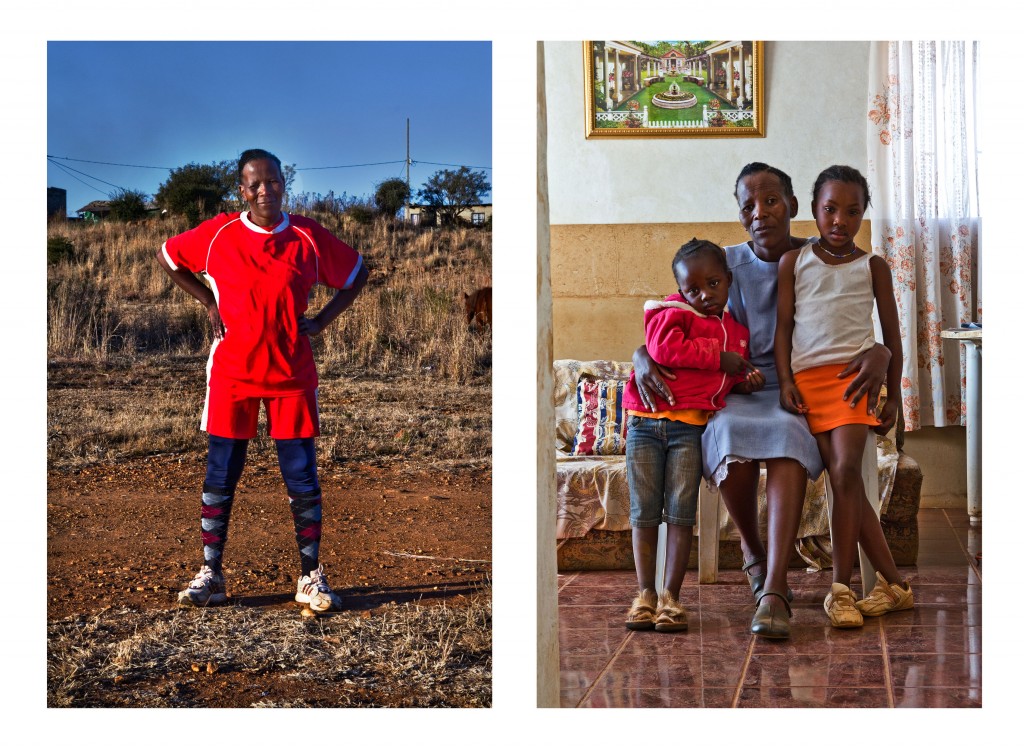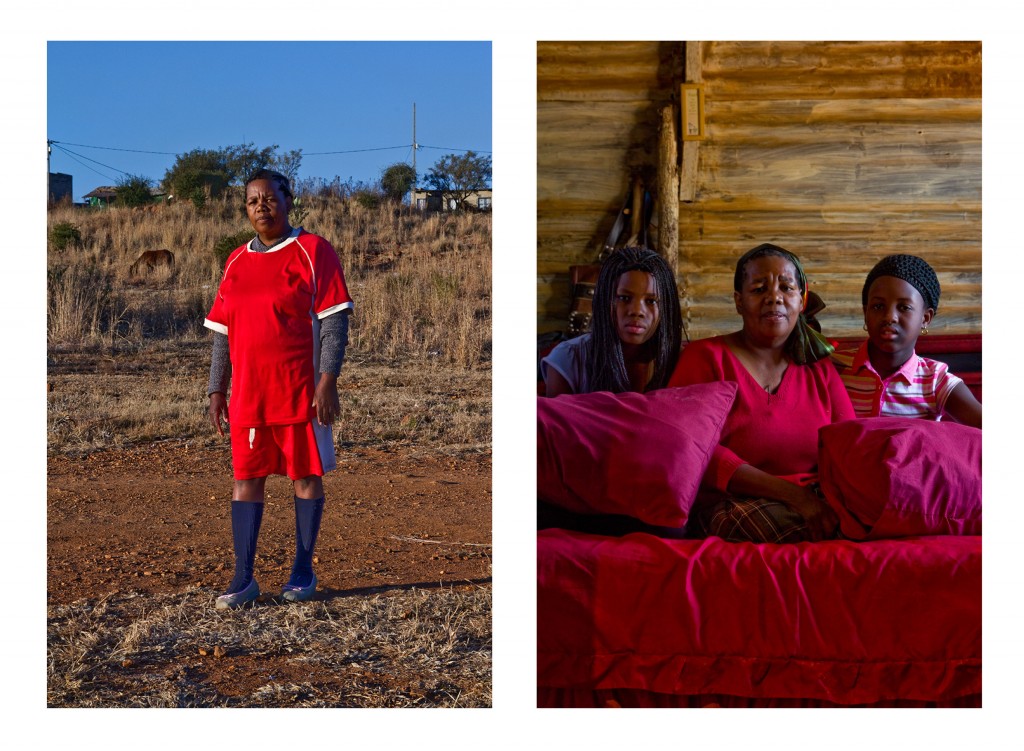It’s almost impossible to imagine the Sahel-Saharan region in the northern part of Africa without music. Especially a country like Mali wouldn’t be the same if it’s history wasn’t written in musical notes. So when back in 2012 Islamic extremists took over the northern part of the the republic and imposed one of the harshest interpretations of shari’a law banning all music it’s beating heart suffered a toneless cardiac arrest.
One of the results of the declaration from MUJAO (Movement for Oneness and Jihad in West Africa) in August that year officially banning all music resonates in 2014: the famous Festival in the Desert that should have been held in January in Timbuktu is still in exile. The threat of attacks by extremists is too big. It gave it’s organisers and those of similar festivals like Festival Taragalte in Morocco and Festival on the Niger in Mali – held about 750 kilometre south-west in Ségou – the idea to start the Cultural Caravan for Peace.
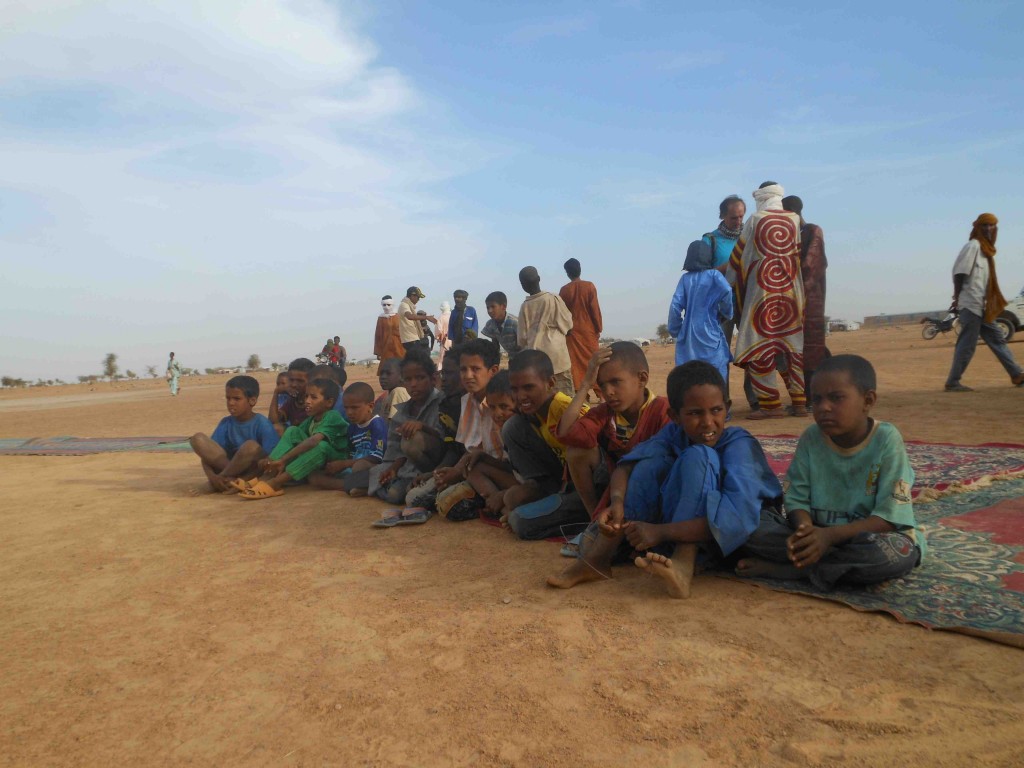
,Under this strong sign of the ‚Cultural Caravan for Peace’ we want to express our way of non-violent, but effective resistance against intolerance and express solidarity with these people in need – refugees in Mali and neighbouring countries’, says Festival in the Desert director Mohamed – Manny – Ansar. ‚We want to show the extremists that they can’t stop music. With the Caravan we can give the artists a change to keep on expressing themselves and motivate others.’ Mamou Daffé, director of Festival on the Niger, adds: ‚We believe that art and culture bring people together and they get inspiration from each other to contribute to the balance of the society.’ Both men have a vision to encourage dialogues, cultural exchanges and enhance awareness on environmental issues in the region. With the Caravan they aim to achieve this through music, workshops and art expositions, creating a platform to meet and exchange ideas around the development and perpetuation of cultural heritage.
Mohamed and Mamou are not just together; they are supported by the brothers Sbai, Halim and Ibrahim, respectively director and artistic director of the Taragalte Festival. ,The idea for the caravan started a couple of years ago, during the first ever meeting with Manny. We were both convinced that the indifference in the communities of our rich culture, history and heritage was a great concern. This meant that we were also losing the unity that once brought together the many tribes of the Sahara spreading from south eastern Morocco to those in northern Mali. Therefore we decided to do something about this and partnered up’, tells Halim. Now they work for common goals to preserve cultures and build sustainability, speaking in one voice for peace, solidarity and tolerance across the whole Sahel-Saharan region.

Over the past few months, since it’s initial launch at the Taragalte Festival in November last year, the Caravan has traveled northern Africa from Morocco via Mauritania and Mali to Burkina Faso. Visiting cities like M’Hamed El Ghizlane (Morocco), Nouakchott and Kobeni in Mauritania and performing at the Village Opera in Ziniaré and in the Bobo Football Stadium in Bobo Dioulasso, Burkina Faso. With the latter they brightened the day of refugees in Sagnogo refugee camp near Ouagadougou and the Mèntaô refugee camp near Djibo. Artists like Amanar and Malikanw from Mali joined forces with Oum El Ghait and Haira Harby from Morocco, sided by other solo artists and groups from Niger and Burkina Faso, like Mariam Koné. Ibrahim, the artistic director from Taragalte – the festival where it all started – explains his enthusiasm: ‚It was directly received in a very positive way by the audience’, he smiles. ‚Even though everybody, from the artists and the organisers to the visitor, was struggling with the difficult situation, they wanted to support each other and help those in need. The music helped to open the conversation and got the audience involved. If extremists ban music in one place, they’ll find another one to keep on playing. It forms to much a part of their life. And we’re welcoming them.’
With not only major music festivals, but also artists from the Sahel-Saharan region joining their strength for this new initiative to bring hope and support peace, solidarity and tolerance to a divided region, it’s almost unimaginable that the Salafist movement still has such an influence in the region. Furthermore, with music playing such an important role in countries like Morocco, Burkina Faso, Niger and especially Mali, it’s almost inconceivable that these extremists gained such a foothold in the region. Mamou, from the Festival on the Niger where the Caravan visited last month for a ‚Great Night for Peace’ tries to explain: ‚Salafism is imposed with great force and barbarism by these extremists, against the wishes of a peaceful population. It’s precisely because music plays such an important role that they began by attacking everything related to it.’ Indeed Mamou is right; from the ancient library in Timbuktu and other sacred sites with manuscripts to mobile phone towers, radio stations were being torched and musicians sought out while their instruments were set alight. Even normal citizens found with musical ringtones on their phones were targeted. ‚The Salafists are aware of the power of music and by silencing it knew how go get their message across.’ With sadness Manny responds: ‚They want to erase everything people knew about their old life in order to indoctrinate them with their new laws and regulations. Do that with force and without mercy and there is nothing the population can do.’ It is through music that Mali’s oral history, news and identity is shared. It’s the only culture in the world to have a class of musicians in society – they are known as the Griots and for centuries their culture has been passed equally from mother to daughter, father to son. ‚We avoid talking about Islam in it’s fundamentalist form’, he continues, ‚because in we in no way identify to their practice of violence and oppression.’
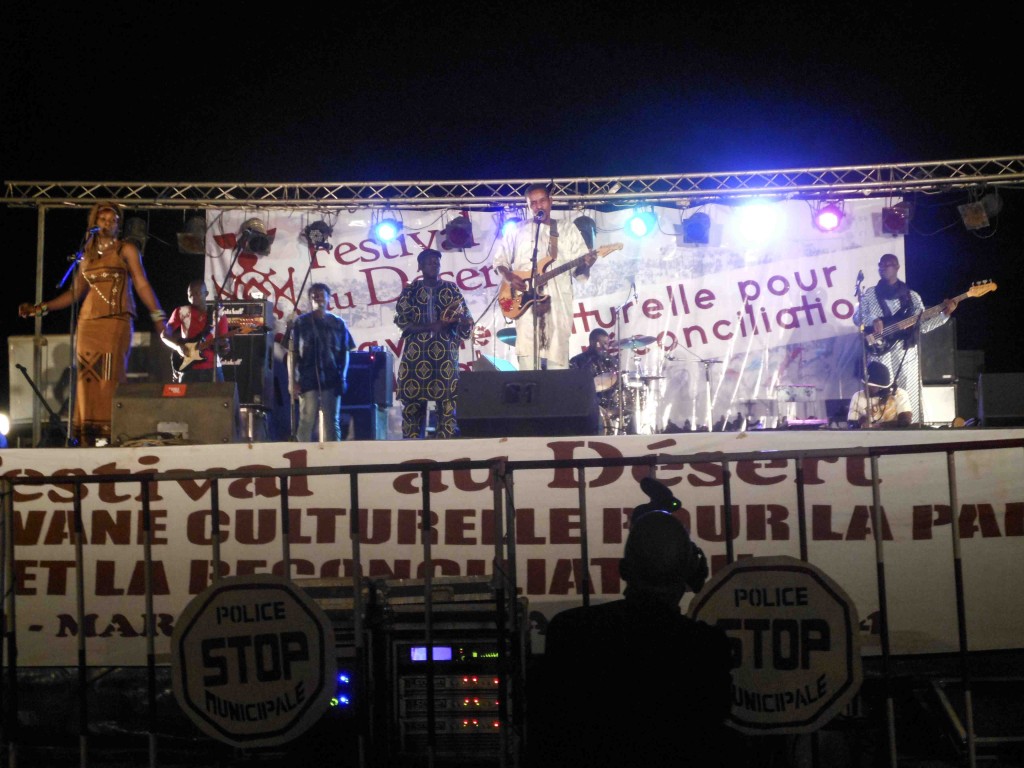
While Malian musicians went underground or fled across the border to a neighbouring country – leading to one of the largest mass migrations the southern Sahara has ever seen – artists from abroad also fell victim to the strict enforcement of Sharia law. ‚It makes it very difficult to work as a musician, or (festival) organiser in northern Mali, as many artists, musicians, singers but also radio presenters left their cities – in particular Timbuktu and Kidal’, says Oum El Ghait from Morocco, who also acts as the ambassador for the Caravan. ,As one of our objectives is to promote peace, we are conscious that by being artists, who travel worldwide, we have the possibility of carrying the voice of Malian (artistic) refugees. That’s why we visit their camps; to listen, bring support and let the world know about their situation. By joining them and expressing our solidarity we show the Salafists that they haven’t won. Mali has always been a cradle for musicians from the Sahal-Sahara region and today’s situation is very, very sad.’ Oum point out that there has always been – and always will be – cultural and musical exchanges between people and families in the region, something the Caravan has as a main goal. But there has been less of it going on in recent times, Mamou emphasises. ‚Mistrust because of multifaceted crises caused these exchange to significantly reduce. That’s why the Caravan is beneficial to more than one party. Hopefully it will bring back these exchanges, based on trust, again.’
As the Caravan takes a serious stand against violence and Islamic radicalism – who are against music and non-Muslims – they fight against the influence of the extremist threat. A worldwide challenge, but through artistic and music expression of their culture, these artists and festival organisers say that ‘this has nothing to do with our way of life’. By re-establishing the tradition of the Caravan and the historic practices of the desert lifestyle, they want to establish an opportunity to gather, discuss and describe current issues through culture and art. ,With music, workshops and art exhibitions the Caravan will give the people of the region a platform to meet, exchange ideas and keep their cultural heritage alive’, the organisers agree. ‚It revitalises the role and importance of the trans-Saharan caravan and rekindles the economic experiences, cultural exchanges and human connection that happened at M’Hamed El Ghizlane – where Festival Taragalte is held – the crossroad for the caravans between Morocco and the Sahal-Sahara region.’ Ibrahim adds: ‚The role played by the caravans was not only economical, but more significantly a cultural one. These caravans meant that different cultures were in contact and were able to connect with each other; exchanges passed through families, music, poetry, art and lifestyles. These activities brought people closer to each other, creating awareness of other cultures, cross cultural cooperation and a collective strength to address the environmental challenges. This is exactly the role of the caravan we want to foster, revive and revitalise.’
One of the main aspects why these countries manage to work together on the Caravan, especially Morocco and Mali, is because they share the same cultural and religious identity: mainly Sunni Island and the Maliki School of Islamic Law. ‚Next to that we share the same values of tolerance and openness towards each other’, according to Oum. ‚We believe in an Islam that does not prohibit music or any other kind of artistic expression. A great response to all sorts of extremism in the form of human development. Our two nations are committed to peace, security, stability, development, and good political and territorial governance in the region.’ Because the whole region beetles with economical problems and the political turmoil as a result of the extremist threat, everybody has to find new ways to survive in the desert – which is hard. Next to problems with issues like migration and conflict, both countries also await an ideological challenge to stop the degeneration of it’s cultural heritage en knowledge because the new generation has left the old ways and habits. Mamou adds: ‚We are brotherly countries linked by history, sharing many religious and socio-cultural values. But it’s hard to maintain this. We’ve always been respectful of other sensitivities and practice our religion on the same grounds based on the same principles. In contrast to Salafists, we are tolerant towards each other and accept the others differences.’
The moment the organisers know if their Caravan ‚worked’ is when the music still sounds in Mali. When the cooperation between the festivals involved will have increased. Manny explains that he has seen artists and visitors alike cry at the festivals because of what the Caravan did for their music and culture. ‚We all share the same continent here in Africa and should think about what’s happening around us. Right now we visit Morocco, Mali, Mauritania and Burkina Faso, but in the future we could expand to Algeria, Nigeria and further. That might take a couple of years’, explains Ibrahim, ‚but we’ll keep the Caravan going for as long as necessary.’
Festival information:
Festival on the Niger was born of a long dreamed initiative by the civic and cultural leaders of Ségou, Mali, in 2005. Their intention was to create a unique event highlighting the attractions that represent that potential of the city and surrounding villages in the region; a festival that supports the local economy and promotes the arts and culture of the country at the same time. It’s held every year in February and is a true multidisciplinary event, offing a program of music, dance, theatre, art exhibitions, discussion forums, conferences and more. It’s a festival where contemporary culture exists alongside ancient tradition and international music stars play alongside fresh young talent.
Festival in the Desert was created in 2001 and held every year (until it went in exile since Islamic extremists took control) in the north of Mali – usually in Essakane, about two hours from Timbuktu; sometimes directly in Timbuktu. It seeks its origin in the big traditional Touareg festivities, which represented for a long time a place for decision making and exchange of information among the different communities. At the beginning, there were songs and touareg dances, poetries, camel rides and games. Today, the Festival is opened to the external world and welcomes artists from other Malian regions, other African countries, but also from Europe and the rest of the world. During three days, around thirty artistic groups are invited from all around the world to present their art.
Festival Taragalte is based on the concept of the ‚mousseum’ tradition: a traditional festival that yearly takes place when the commercial caravans arrived at the great oasis of M’Hamid El Ghizlane – formally known as Taragalte – in south Morocco after a trip through the desert that lasted several months. Being un upgrade from this tradition, the festival focusses on the cultural exchanges between different communities that life in the north-African Sahara. Traditional and modern music, together with legendary stories and customs are combined and revitalised. This makes the festival a platform for durable development of the region and therefore resembles the true essence of the Taragalte concept.
Read the original article on Africanah




